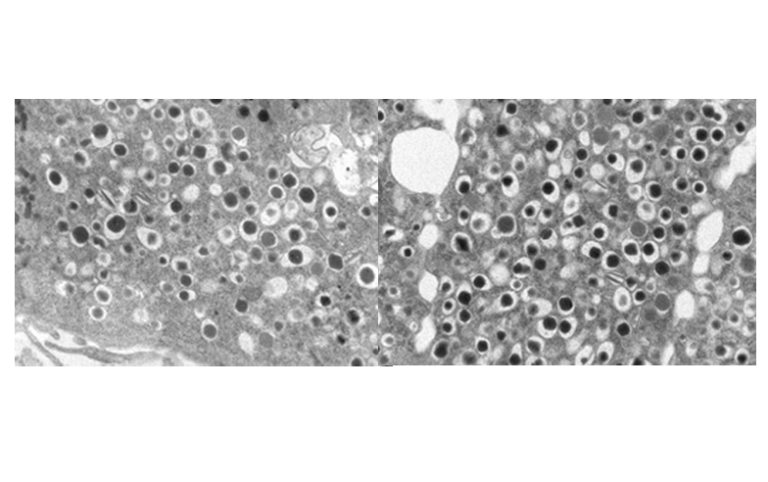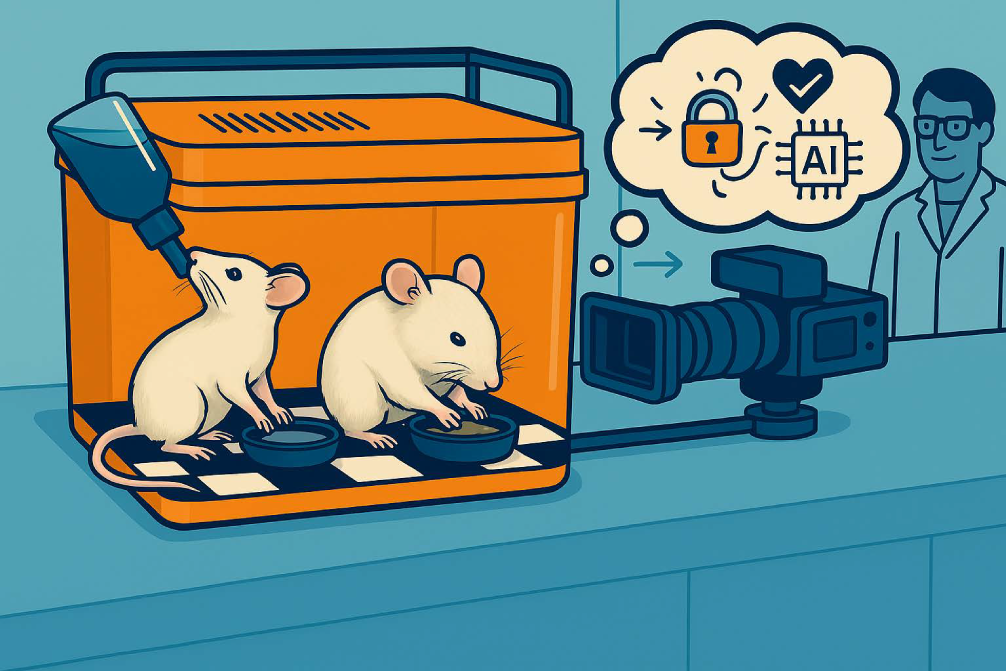Dr Roger Cox and colleagues at MRC Harwell have uncovered a new mechanism for how the diabetes gene SOX4 may be working, revealing a potential new therapeutic target for diabetes therapy.
Normally, after you have eaten a meal or sugary food the levels of sugar or glucose in your blood increase, this stimulates release of the hormone insulin which allows cells in the body to absorb this glucose and use it for energy, or store it for future use. Type 2 diabetes can occur when there is reduced insulin secretion in response to these increased glucose levels. Type 2 diabetes typically affects older people, but it is increasingly becoming common in younger people and has been associated with obesity. Large scale genomic studies looking for common gene variations across lots of people have helped to identify many regions in our genome which may be involved in increasing the risk of type 2 diabetes, one of the genes in these regions is SOX4. In new research published in Diabetes, scientists at MRC Harwell and the Oxford Centre for Diabetes, Endocrinology & Metabolism have revealed a potential molecular mechanism underlying one aspect of how SOX4 may be involved in the pathology of type 2 diabetes. How insulin is normally released from cells Ordinarily, insulin and other materials that need to be transported out of the cell are packaged into ‘granules’. When the granule makes contact with the outer surface of the cell, the two fuse together and a fusion gap or pore forms allowing the contents of the granule to exit the cell – this process is known as exocytosis. For effective ‘full fusion’ exocytosis the pore initially opens, rapidly expands, then after a short delay collapses after the cargo has been released. Sometimes this process does not work properly and the pore expansion is halted during the initial opening, it may then eventually close, this is known as ‘kiss-and-run’ exocytosis. Investigating Sox4 in mice The SOX4 gene codes for a transcription factor, a protein that regulates whether other genes are activated or not. Scientists compared exocytosis in mice which had the typical or ‘wild type’ gene with mice that had a mutation in the gene, an incorrect version. Cells with wild type Sox4 followed the typical pattern suggestive of full fusion exocytosis taking place. In comparison, in cells with mutant Sox4 the pattern suggested kiss-and-run exocytosis, in other words that fusion pore expansion was impaired. Scientists then carried out a gene expression microarray to see what genes Sox4 is involved in regulating, most notably the gene Stxbp6, which has been previously linked to faulty fusion pore expansion in other cells. Analysis in rat cells found that in both mutant and wild type Sox4 cells there was also increased expression of Stxbp6, but that the effect was stronger in the mutant. Investigating SOX4 in humans Scientists then extended these findings to human cells. There was higher SOX4 expression in cells from donors who had type 2 diabetes. Why are these findings important? These findings together suggest that increased SOX4 expression leading to increased STBP6 expression may be causing impaired expansion of the fusion pore, and consequently be involved in reduced insulin secretion in type 2 diabetes. Uncovering this mechanism paves the way for new therapeutic targets to be explored, for example to promote full fusion and release of insulin.



